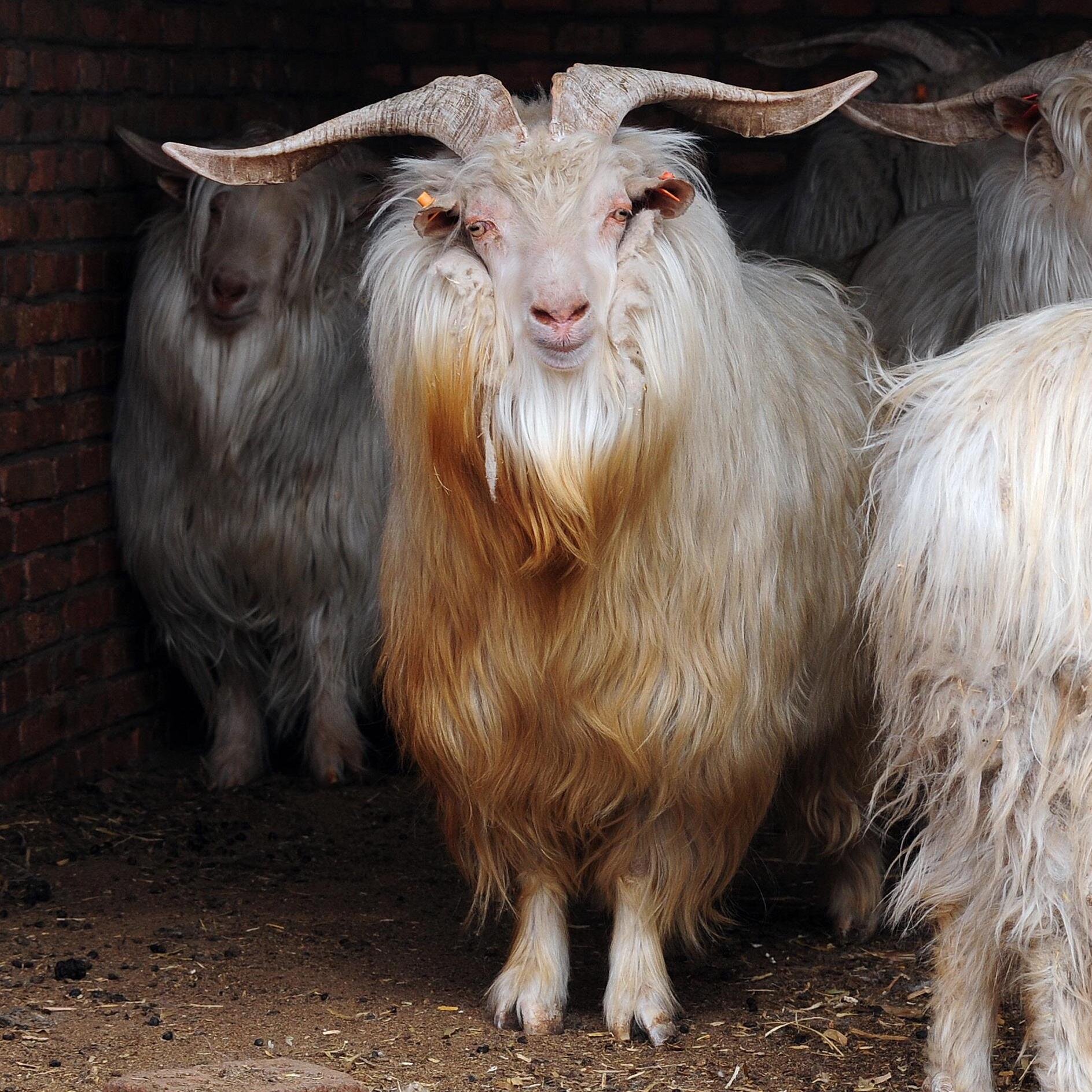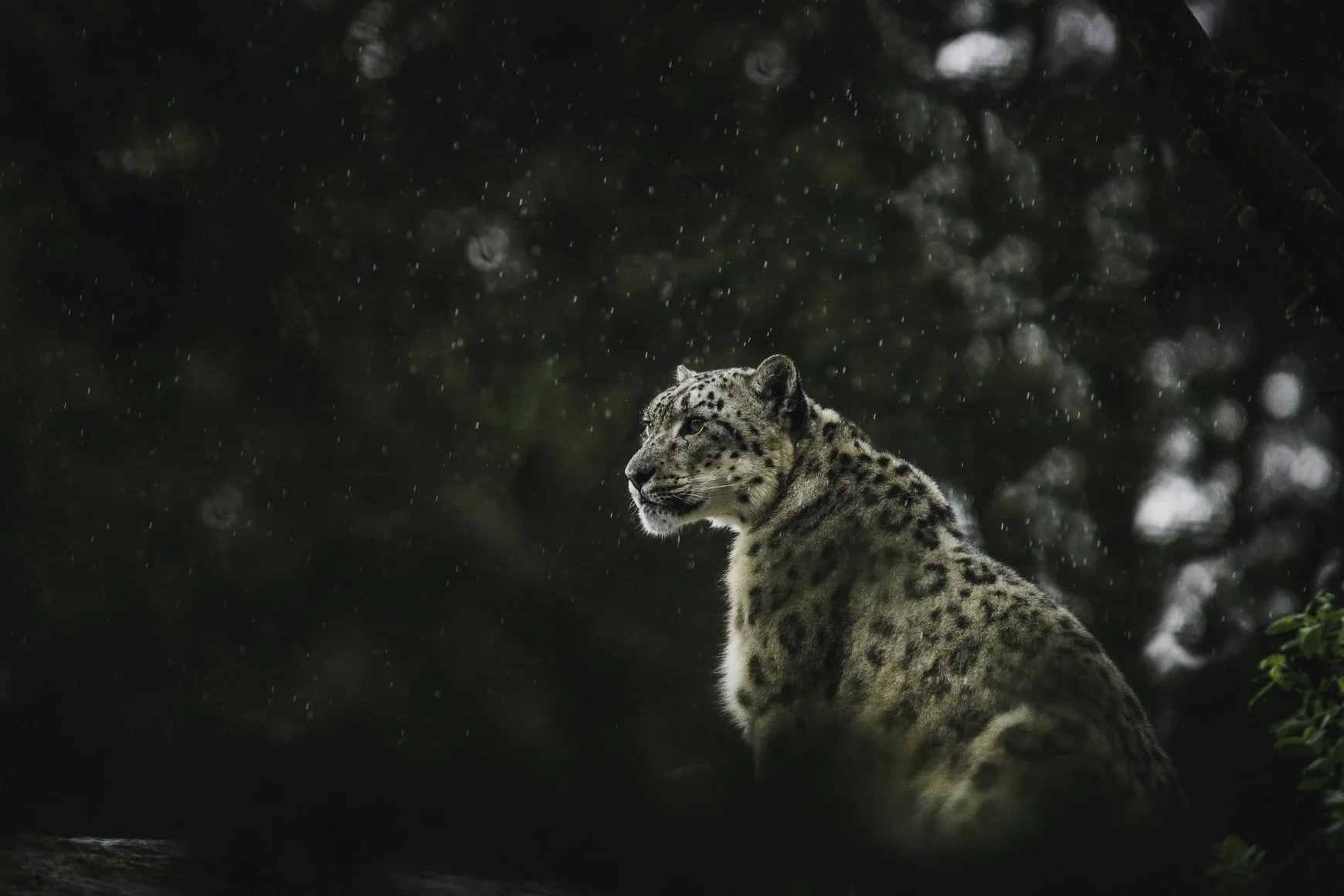Issues in the cashmere supply chain
Considered a luxury, cashmere comes at the high price of needless violence and planetary destruction.
Cashmere is the hair fibre from the coat of a specific breed of goat.
Goats are incredibly clever, inquisitive and communicative individuals who can recognise positive and negative emotions in the calls of others.
Most relevant to ethics, they are sentient creatures who feel both pain and pleasure, fear and happiness.
Despite the ethics-washed marketing, cashmere combing is often utterly cruel.
Cashmere product marketing claims goats are gently ‘combed’ for their fleece. This process is made out to be painless and even pleasant. In reality, sharp metal-toothed combs rip through the fleeces of goats, who are tied down and unable to move. Investigations have shown goats screaming in pain during this process. Four goats must be combed for one sweater.
Often unmentioned, cashmere is a slaughter industry. As with wool, goats are killed when they are no longer producing high-quality hair.
Unregulated, brutal killing
The vast majority of cashmere comes from China and Mongolia. In these countries, there are minimal or no laws protecting goats from cruelty.
Goats in the cashmere industry are often slaughtered while fully conscious without being stunned prior, or hit in the head with a hammer. Goats have been recorded crying as they bleed out.
Image: Goats awaiting their slaughter, a bucket of goat’s blood from those already dead / PETA.
The natural lifespan of goats
Normally, goats live to be about twelve years old, sometimes even far older.
When farmed, exploited, and ultimately killed for cashmere, goats live far short of this age. In Australia, the industry states that female cashmere goats are slaughtered at about four or five years old, males often sooner.
If goats are not producing ‘high quality’ hair, or their coat is the 'wrong colour', they are killed even sooner.
Image: Giulio Di Sturco
The cashmere industry impacts humans, too.
Hurting non-humans hurts humans.
Many of us consider ourselves animal lovers, and we would far sooner choose to cuddle than kill a goat. Yet, we pay for materials that mean someone must do this for us.
It has been found that working in a slaughterhouse has serious negative health implications, with psychological trauma, stress and suffering coming from inflicting pain on animals.
More cashmere, more exploitation of cashmere herders and workers.
The rising demand for cashmere has not only seen a decrease in its price, but also a reduction in payment to many cashmere goat herders and workers. It has been found that these vulnerable people are not only underpaid, but overworked, causing further socio-economic struggle.

“Yes, I know my goats are harmful to our grassland and the more we have, the worse our land becomes. I get that. But this is how we earn our money. All I can do is watch my grasslands disappear.”
- Bish, nomadic herder
Cashmere herders also struggle because they know that their industry is causing detrimental harm to the land they live on, but feel they have little choice due to the high demand from richer populations around the world.
Image: Cashmere goats walk on degraded land / Snow Leopard Conservation Foundation.
Studies consistently show that the rise in demand for cashmere in the west is tied to rising climactic temperatures, land degradation, a cashmere-debt cycle and poorer social outcomes for people in the industry.
Cashmere and endangered species
Reports suggest that fashion’s rising demand for cashmere, resulting in more land being used and exploited for commercial grazing, is directly linked to the decline of six endangered species of large mammals.
Ecosystem degradation linked to cashmere production negatively impacts species including the snow leopard, the Bactrian camel, the wild yak, and saiga antelope.
Goats will eat almost anything. They commonly rip plants up from the roots, causing great biodiversity loss. Their sharp hooves cut into and degrade the earth.
When Mongolia’s grasslands were studied, it was found that 65% of them had been degraded due to cashmere goat grazing and global warming, which is partially caused by methane release from such goats and other animals.
Researchers state that ‘90% of this total degraded rangeland can be recovered naturally within 10 years if we can change existing management.
If we do not address this now, it will soon be too late.

Violence and destruction isn’t luxurious.
There are luscious materials that represent total ethics to wear instead.
Want to keep learning?
-
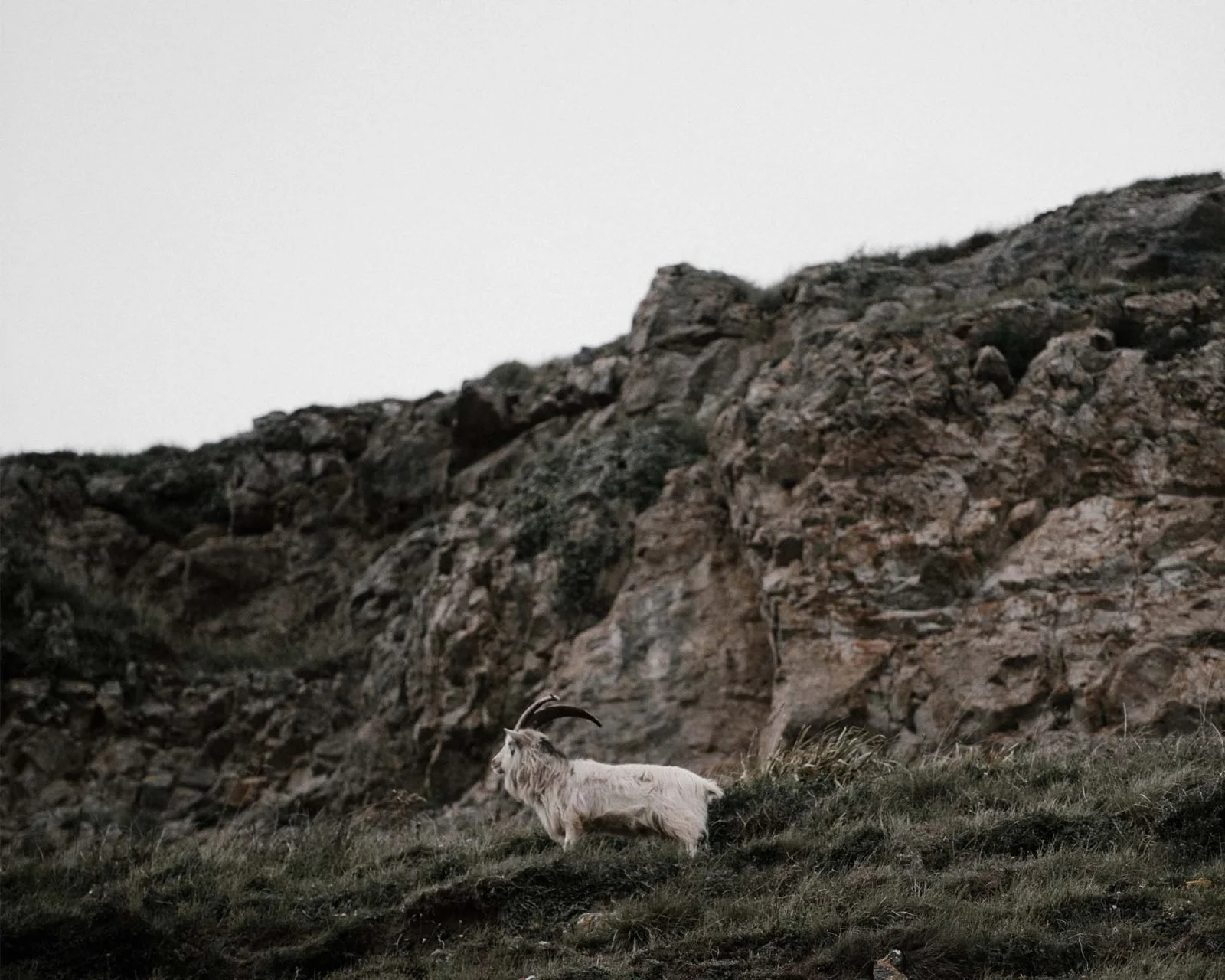
Good On You material guides
We worked with renowned ethical and sustainable fashion education source Good On You to improve their animal-derived material guides.
-
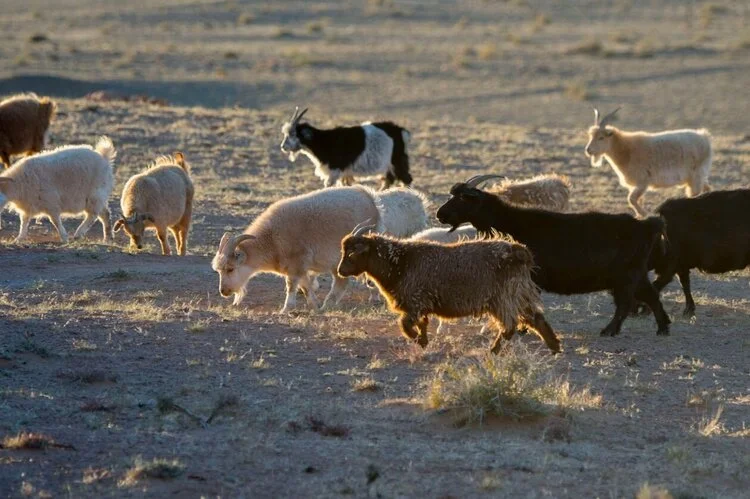
Deforestation and biodiversity destruction for fashion
A desire for animal-derived clothing has caused mass deforestation and biodiversity destruction.
-
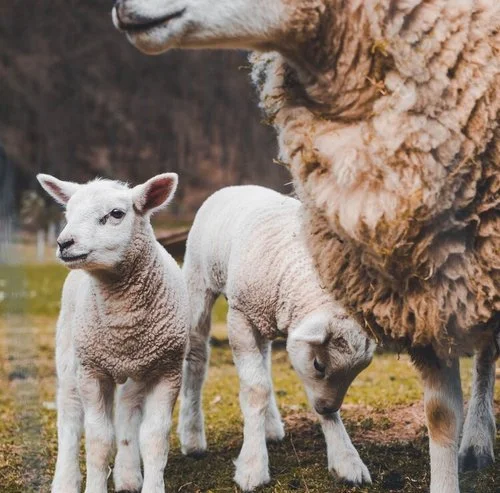
Wool industry
Wool is an industry full of environmental destruction and cruelty - it is effectively the same as buying sheep skin: they come from the same slaughtering system.

